What Makes Malaysia’s National Day More Than Just Independence
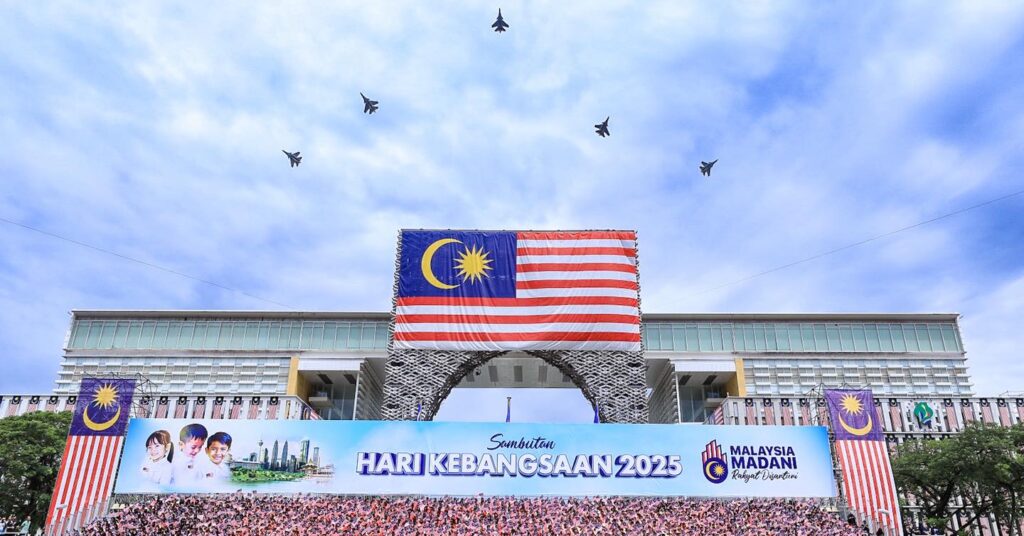
Every year on 31 August, Malaysians unite under the Jalur Gemilang to commemorate Hari Merdeka, the nation’s independence day. It’s a moment that goes beyond parades and fireworks—it’s about remembering the struggles, victories, and stories that have shaped Malaysia’s identity.
But how much do we really know about the history and traditions behind this day? From unexpected origins of the anthem to iconic landmarks and symbols, Hari Merdeka is filled with fascinating details that deepen its meaning.
1. Defining Moments in Merdeka History
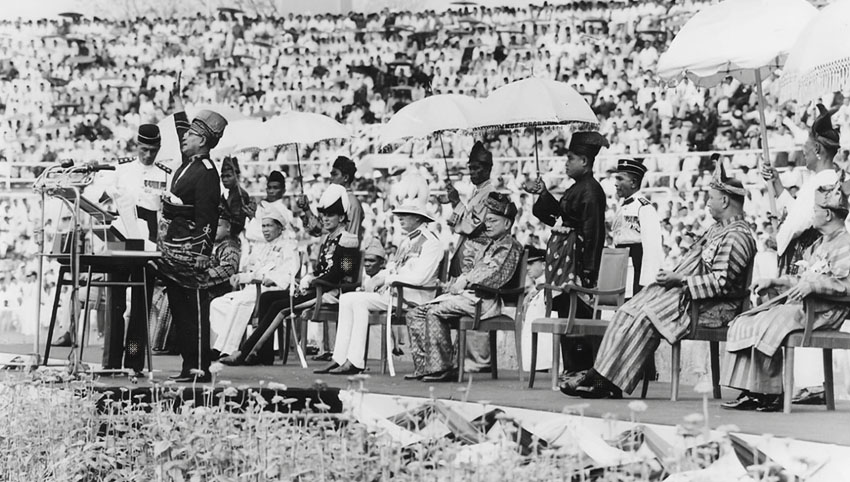
The story of independence is marked by powerful moments etched into Malaysia’s collective memory. On 31 August 1957, as over 20,000 people gathered at Dataran Merdeka, Tunku Abdul Rahman proclaimed “Merdeka!” not three, but seven times, signaling true liberation.
Stadium Merdeka, built just days before, became the cradle of freedom as foreign dignitaries and citizens alike witnessed the historic declaration. And while many think Merdeka and Malaysia Day are the same, they honor different milestones—Merdeka Day (31 August 1957) marks independence from Britain, while Malaysia Day (16 September 1963) celebrates the federation’s founding with Sabah and Sarawak. These distinctions remind us that independence was not a single event but a journey of unity and resilience.
2. Music, Culture, and Symbols of Identity
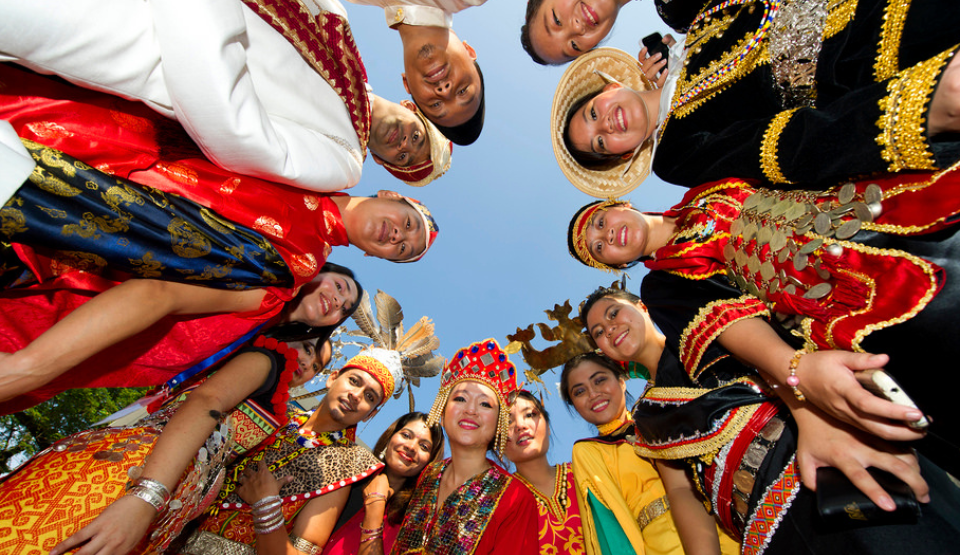
National identity is often carried in sound, culture, and symbols—and Merdeka tells that story beautifully. The anthem Negaraku was adapted from Perak’s state song Terang Bulan, itself inspired by a French melody, showing how global influences were reshaped into something uniquely Malaysian.
The Rukun Negara, born in 1970 after national tragedy, codified values of harmony, justice, and unity—principles that still guide Malaysians today. Even modern monuments carry Merdeka’s legacy forward—Merdeka 118, Southeast Asia’s tallest skyscraper, stands as a new icon of independence, linking history with progress. These cultural markers reflect not just where Malaysia has been, but where it is headed.
3. How Malaysians Celebrate Merdeka Today
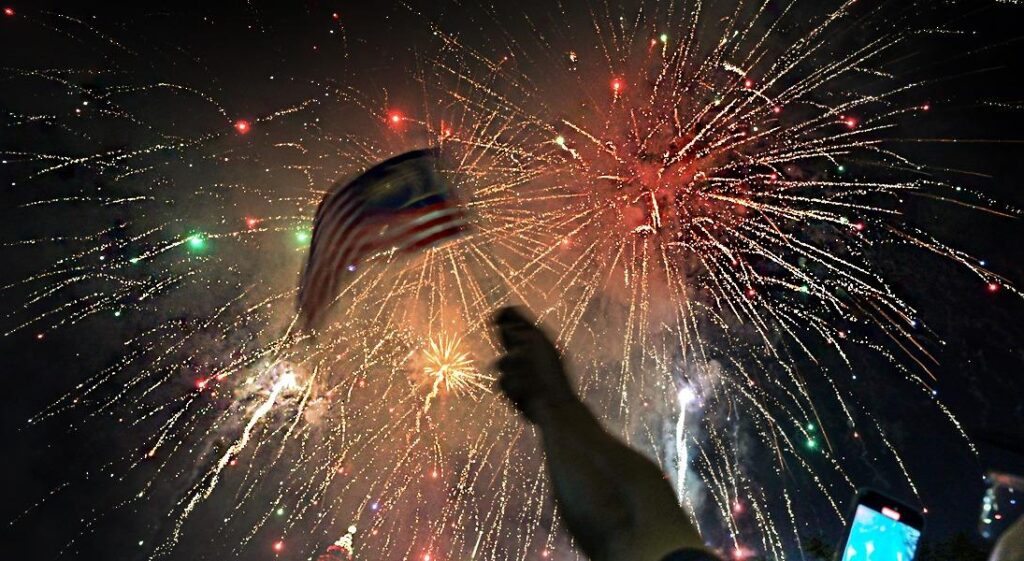
While the historic date will always hold significance, Merdeka has evolved into a month-long celebration. Bulan Kebangsaan sees homes, schools, and streets draped in Jalur Gemilang. Communities gather for parades, fireworks, and patriotic performances, while the Merdeka Football Tournament—Asia’s oldest since 1957—continues to unite fans through sport.
For many, it’s not just about nostalgia but about active participation, passing down traditions, and reaffirming pride in Malaysia’s multicultural fabric. Merdeka’s meaning grows richer each year, carried forward by the people who continue to celebrate it.
Final Takeaway: Beyond Patriotism, Towards Purpose
Hari Merdeka is more than a date—it’s a living narrative of resilience, unity, and shared identity. For Malaysians, uncovering these lesser-known stories strengthens pride and connection. For brands, it’s a lesson in the power of authentic storytelling—moments rooted in culture resonate far more deeply than surface-level campaigns.
Merdeka isn’t just a celebration to observe, but an opportunity for brands to engage meaningfully with audiences by amplifying stories that inspire unity and belonging. Because true impact doesn’t come from waving the flag once a year—it comes from carrying its spirit into every message, movement, and moment.
See other case studies:

Eucerin Jeii Pong x Guardian June Activation: Tackling Acne with Authentic Storytelling
Acne and acne marks are more than just skin concerns — they’re challenges that affect confidence, lifestyle, and self-expression…
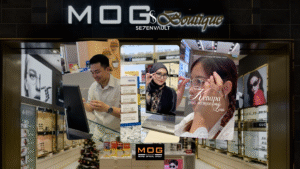
MOG X Sevenvault – HOYA Occupational Lenses
In a world where digital fatigue is the new normal, MOG partnered with Sevenvault..

Sevenvault x GSC – Creation of the Gods II: Demon Force Movie PR Initiative
In partnership with GSC, Sevenvault spearheaded the influencer engagement..

KTO X Touch n’ Go
When digital payment meets cultural discovery, the result is a campaign..

Fujifilm Instax Pal
When Fujifilm set out to launch their first-ever digital Instax camera..

Ahmad Tea Malaysia
In preparation for the holy month of Ramadan, Ahmad Tea Malaysia partnered with Sevenvault..


